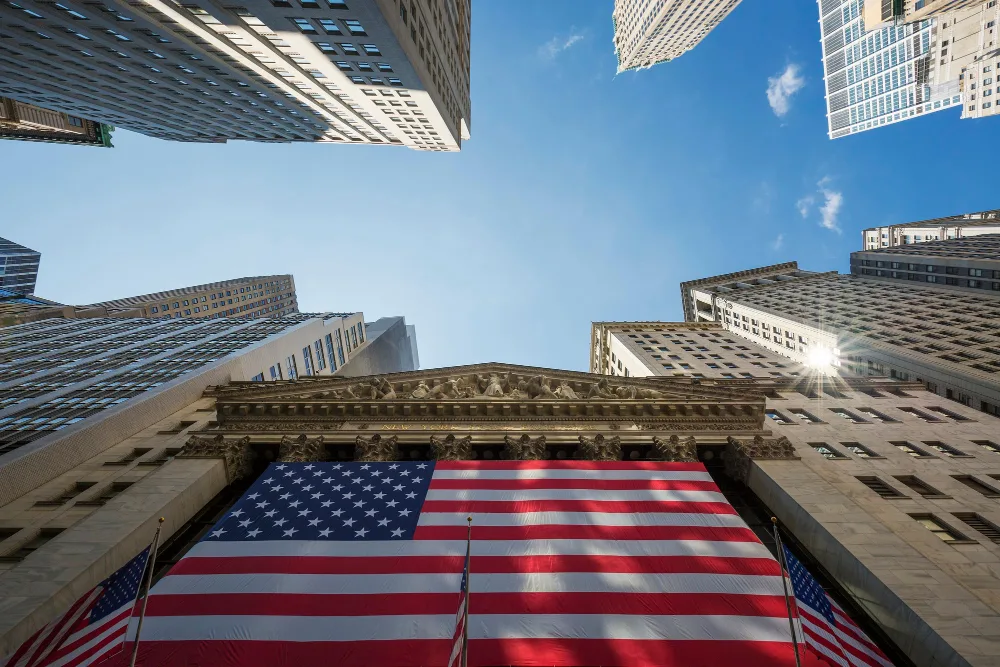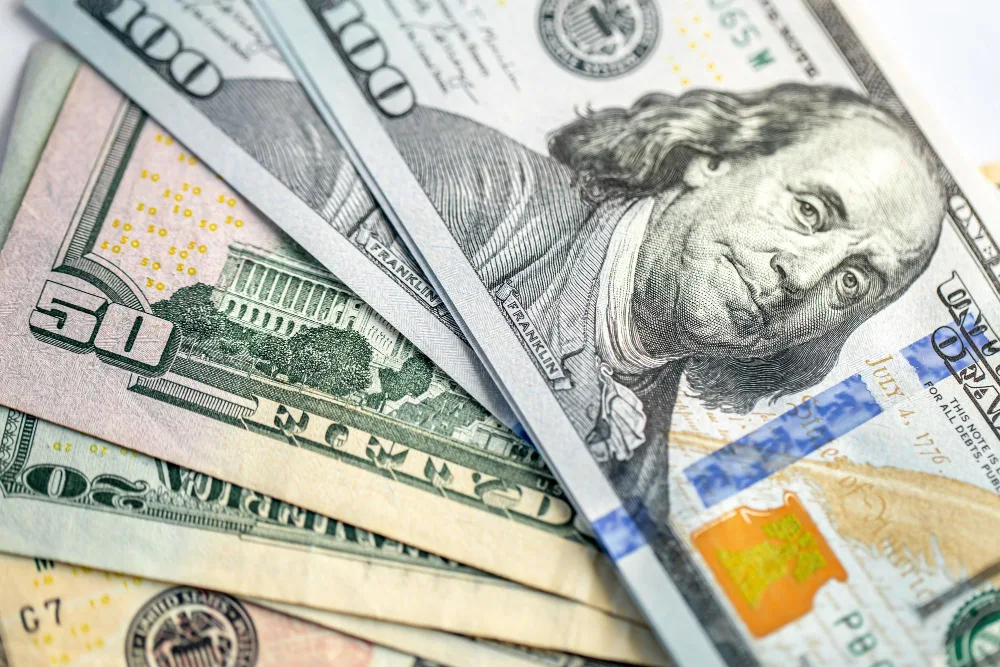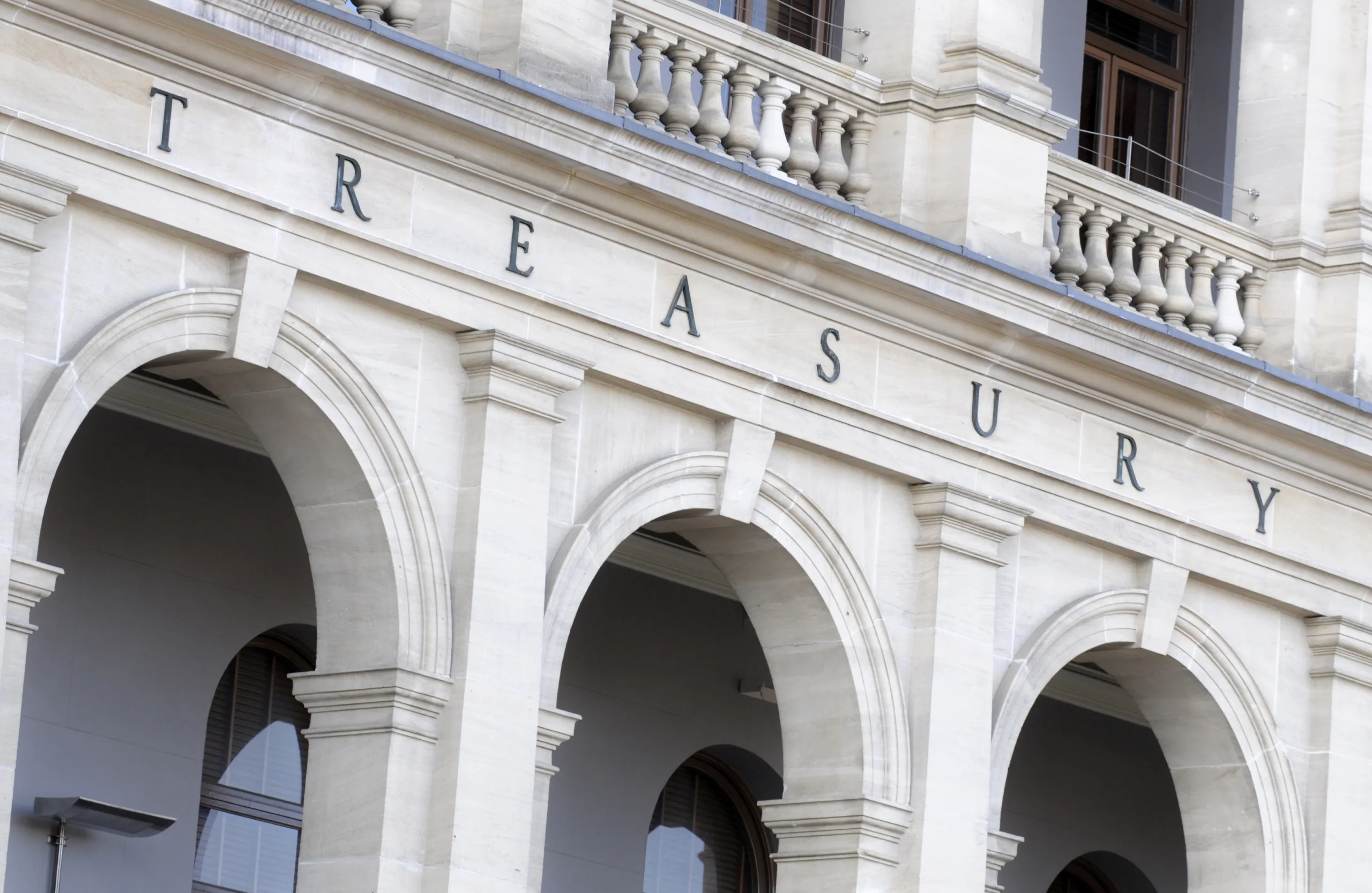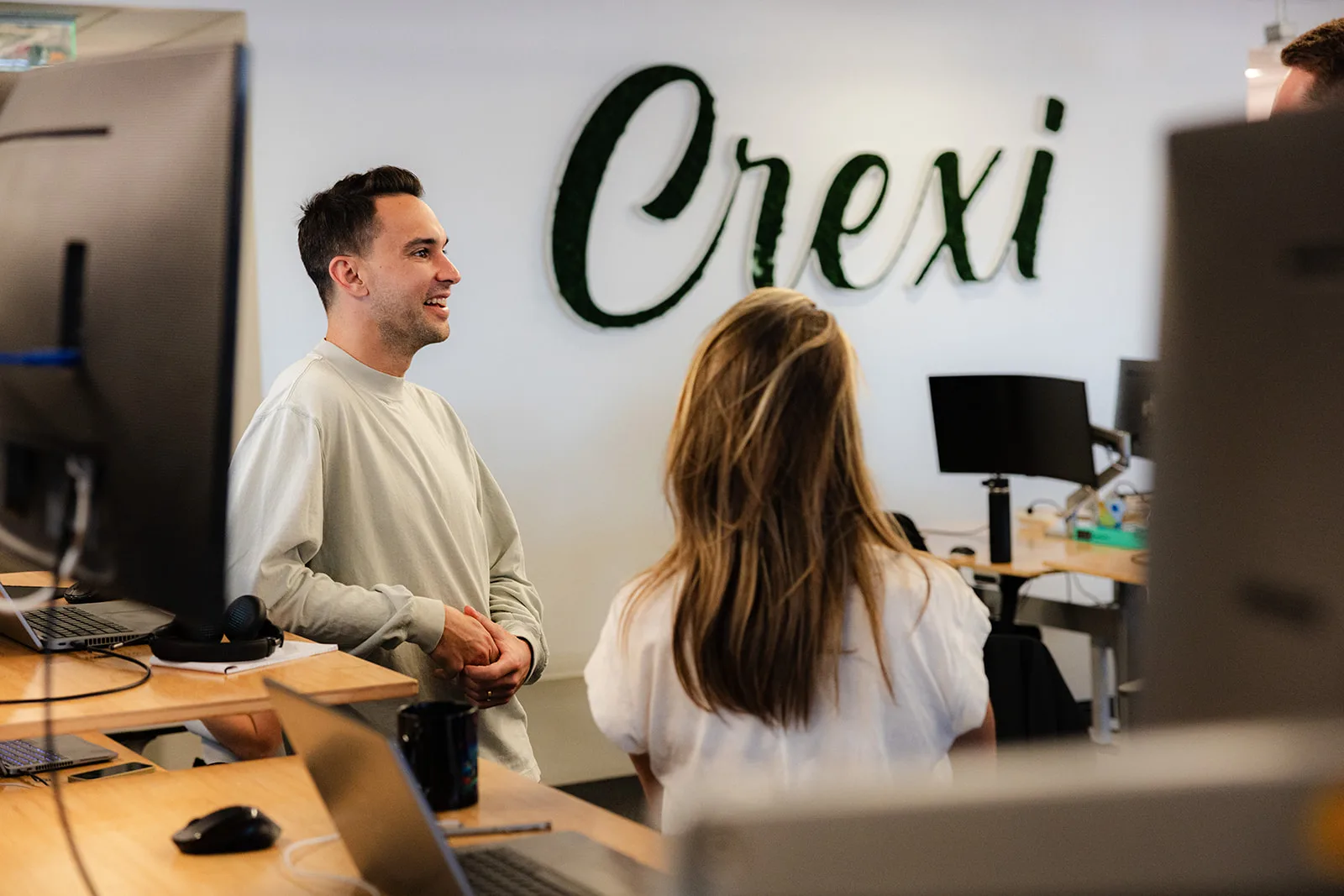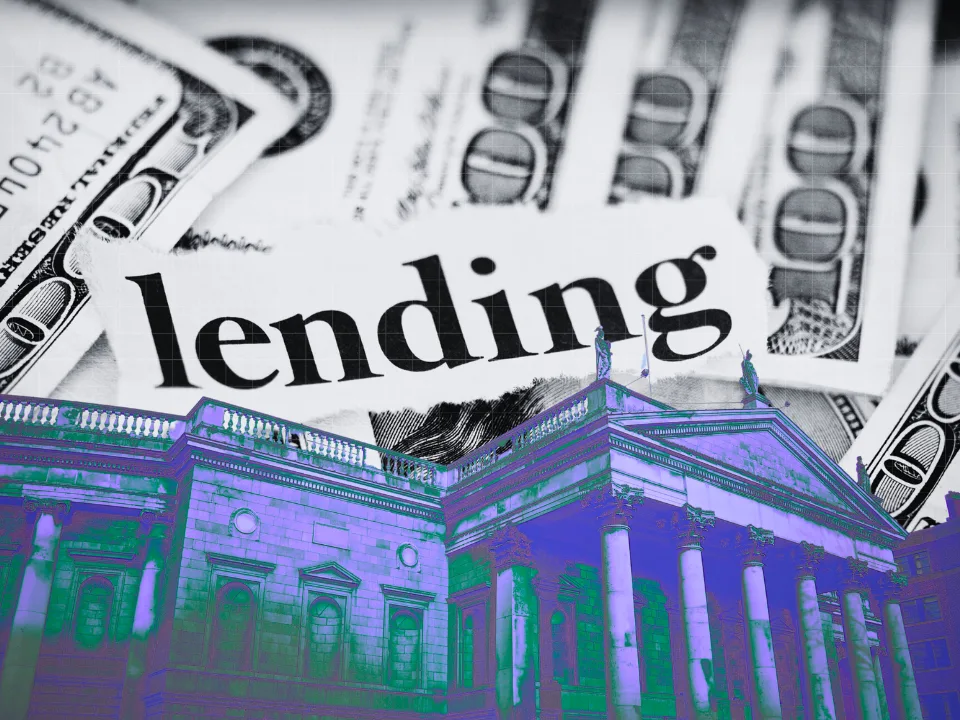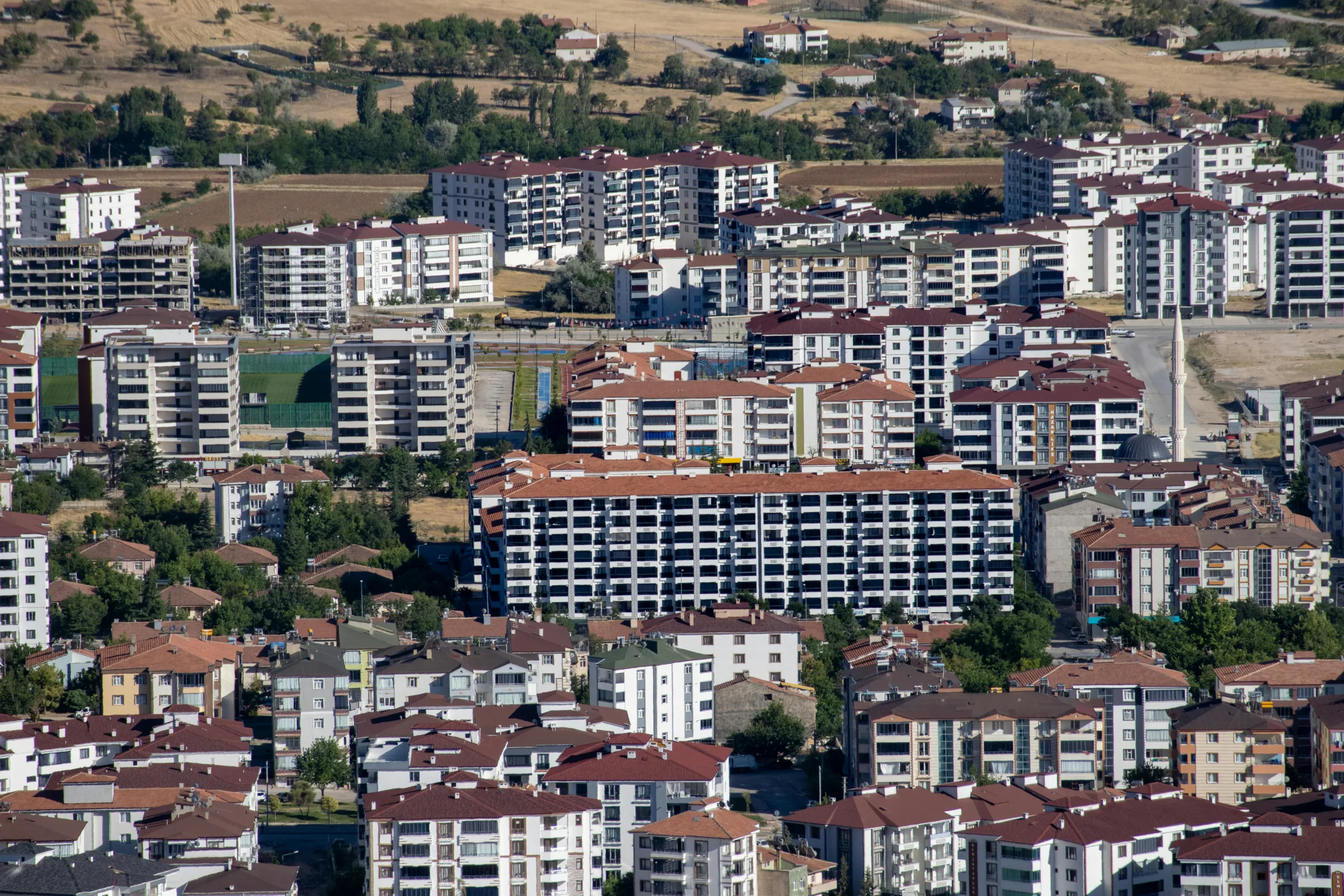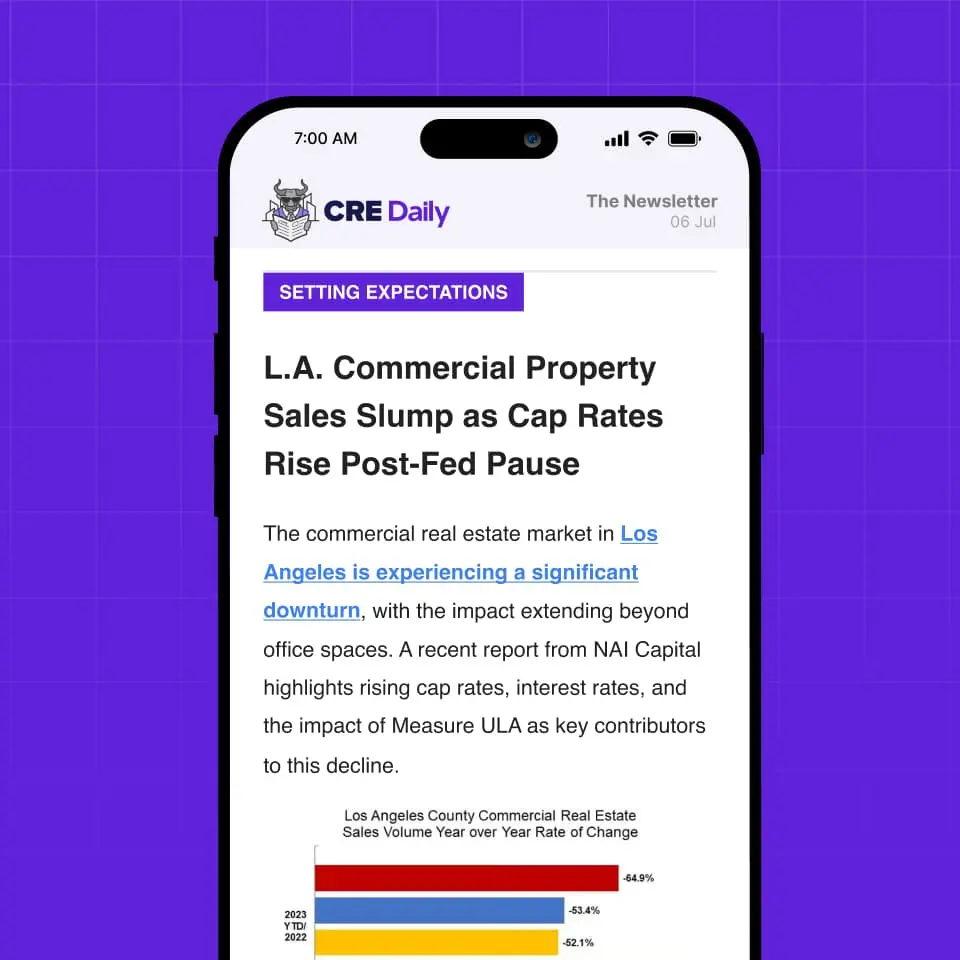- After more than a year of forward guidance, the Federal Reserve has yet to deliver consistent rate cuts, leaving investors skeptical and transaction activity uneven.
- Volatility in the 10-Year Treasury and political interference — especially from President Trump — have undermined confidence in the Fed’s direction and stunted CRE deal flow.
- While some stability in long-term yields has helped the market regain footing, elevated rates and uncertainty around monetary policy remain core challenges for a true CRE financing rebound.
According to the Commercial Observer, the CRE sector entered 2025 with cautious optimism, hoping that promised rate cuts from the Federal Reserve would jumpstart a recovery. But months into the year, investors are still on the sidelines, interest rates remain elevated, and political drama is casting an even longer shadow on the Fed’s credibility.
The “Cut” That Wasn’t
Federal Reserve Chair Jerome Powell’s August 2025 remarks at Jackson Hole revived hopes of imminent rate cuts — a move the market had anticipated since his 2024 guidance. Yet the federal funds rate — a key driver of short-term interest rates — still sits between 4.25% and 4.5%, and the Secured Overnight Financing Rate (SOFR) remains stubborn at 4.39%.
This lack of follow-through has stalled dealmaking across CRE, with transactions down 19% in Q1 and barely recovering in Q2, according to Altus Group.
“We’re waiting longer for that environment to improve where we can see more deal-making make sense again.” — Jay Parsons, JPI.
10-Year Volatility and CRE Caution
Long-term rates have been anything but steady. The 10-Year Treasury yield — a key benchmark for CRE financing — has bounced between 3.8% and 4.8% this year, adding to investor hesitancy.
CBRE’s capital markets leaders say what’s most harmful isn’t high rates — it’s rate unpredictability. Without a clear picture of future borrowing costs, investors can’t confidently underwrite deals or raise capital.
“Higher rates are not good for us, but what’s worse… is volatility in rates.” — Tommy Lee, CBRE.
Tariffs, Trump, and a Politicized Fed
President Donald Trump’s return to office brought another layer of unpredictability. His global tariff push, announced in April, disrupted economic expectations just as markets were adjusting to Powell’s 2024 signals.
More recently, Trump’s open pressure on the Fed — including a campaign against Fed Governor Lisa Cook — has raised concerns about central bank independence.
“You’ll introduce more uncertainty and volatility and less confidence in the Fed’s guidance and messaging.” — Ryan Severino, BentallGreenOak.
Get Smarter about what matters in CRE
Stay ahead of trends in commercial real estate with CRE Daily – the free newsletter delivering everything you need to start your day in just 5-minutes
A Tale of Two Markets
Despite headwinds, not all property types are faring equally. Multifamily investment sales rose 39% year-over-year in Q2 2025, while retail and hospitality took double-digit hits. Overall, CRE investment volume reached $115B in Q2 — still less than half of the $260B seen in Q2 2021.
The transaction market has found some stability thanks to a relatively flat 10-Year Treasury, which has hovered near 4.4% for much of the year.
“The 10-year hasn’t strayed… it stopped generally going up.” — Ryan Severino, BentallGreenOak.
QT, Debt, and the End of Easy Money
The Fed’s ongoing quantitative tightening — shrinking its balance sheet by $2.1 trillion since 2023 — has kept upward pressure on long-term rates. As liquidity tightens and rates remain elevated, CRE’s debt-reliant business model faces long-term recalibration.
“Cheap debt is a drug habit, like cocaine. We’re trying to wean off… and it’s just not happening.” — Eric Enloe, Partner Valuation Advisors.
What’s Next
The real wildcard may be jobs. A soft August labor report, with just 22,000 new jobs and unemployment hitting 4.3%, could force the Fed’s hand in the near term.
Still, few believe Powell will complete his term unscathed. With Trump likely to appoint a new chair in 2026, market expectations are shifting toward a return to looser monetary policy — though with structural inflation, soaring deficits, and ballooning debt, that path may no longer be so simple.
“Credit markets reset every single day… you’ve got to operate assets and not rely on interest rate cuts.” — James Millon, CBRE.
Why It Matters
While parts of the CRE industry are showing signs of life, a full-blown financing recovery remains elusive. Rate stability is helping restore some confidence, but investor caution, political risk, and fundamental economic shifts mean CRE must adapt to a new normal — one where cheap debt is no longer guaranteed.
